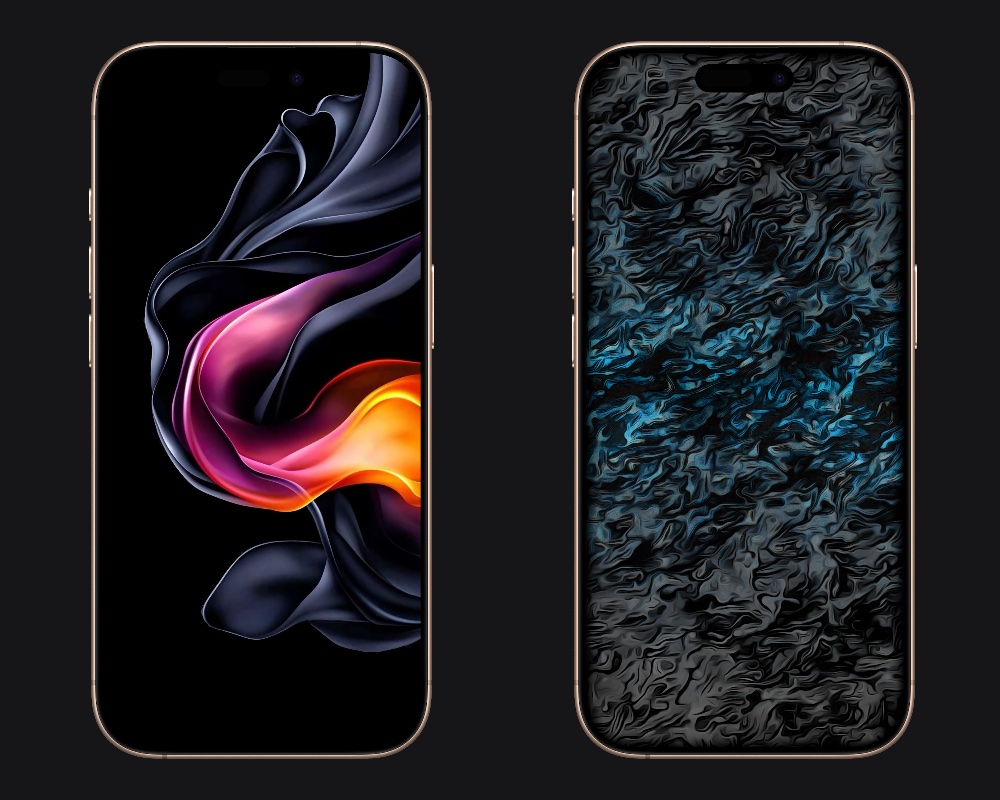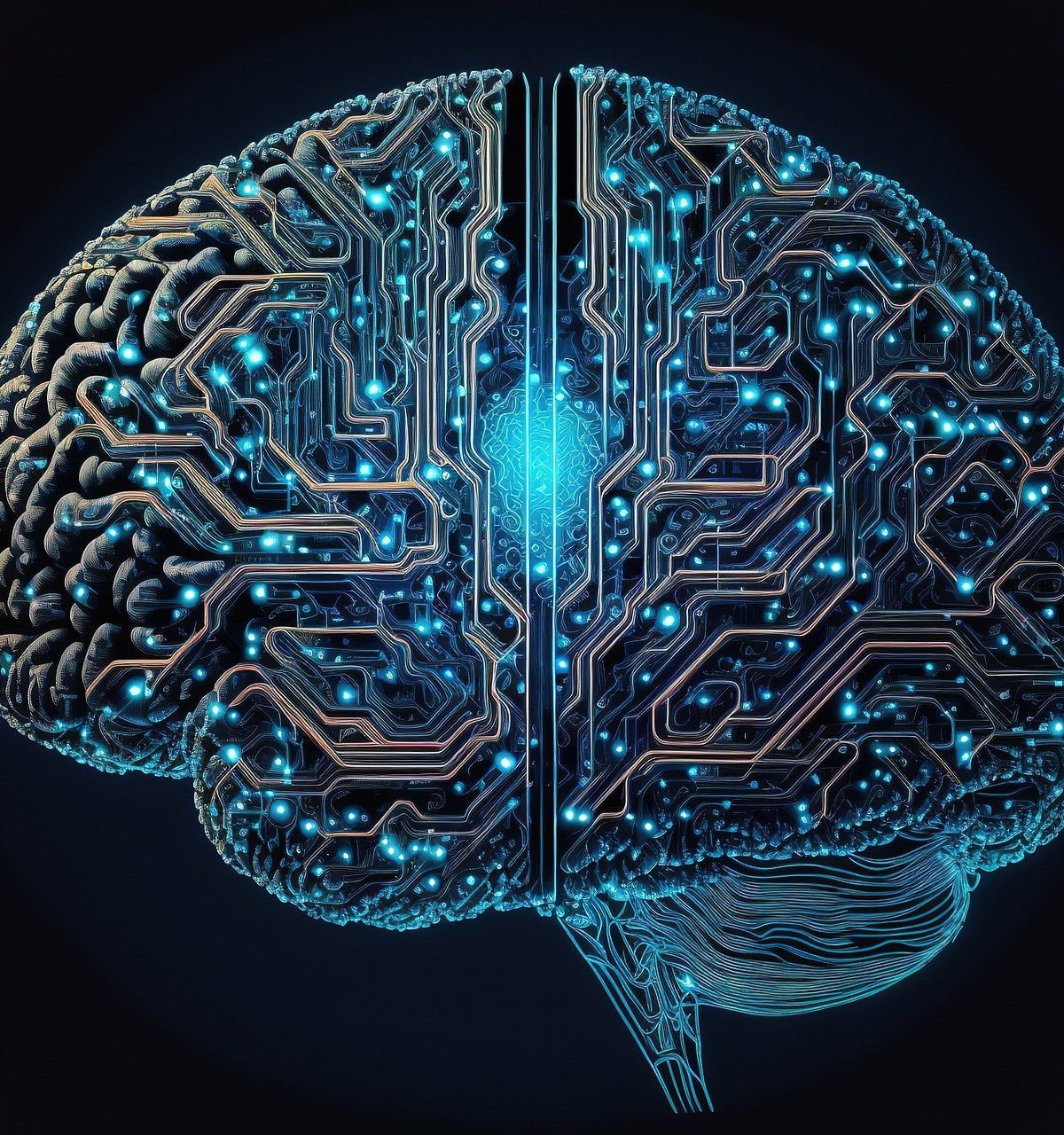Rafael Ataide’s photo.
We are living at a pivotal moment in the history of the digital age, where the line between reality and fiction is already blurring. Stop and think: How often do you wonder whether an image or video is original? It could be anything from a design project, an unusual situation, or even an everyday scene. Doubt about the accuracy of what we see is increasingly widespread, and frankly it should be.
Generative AI continues to advance. It’s no surprise that deepfakes—simulations of real people that can even replicate their voices—are a constantly trending topic. What is most worrying is that the availability of technologies that can transmit these realistic images is far ahead of the development of technologies that can detect a clear sign of fakery in them. In theory, the companies that create these AIs themselves should invest in developing a system that will distinguish between reality and artificiality. But that’s not what happens.
The result is a crisis of truth and trust. How can we be sure of what we consume on the internet anyway? Although some content is clearly manipulated, for example using fantasy elements, others follow completely realistic patterns that are impossible to distinguish with the naked eye.
What we are left with is credibility bias; No matter how convincing an image or video is, is it real? This means that we must develop a conceptual and intellectual critical perspective strong enough to judge and examine images to determine their validity. In other words: Ask yourself the context of this content, where it came from, who published it, what message it is trying to convey, who it benefits or harms. Also look for more information on this subject; For example, if it is an image of a public event, aren’t there other images from different angles? Human witnesses? Security cameras? Are there any journalistic reports investigating what happened?
Social networks make consumption so fast that these questions are often forgotten. But as we enter this age of doubt, we need to recalibrate our minds. Many of us have already done this, but others have not yet, and there is a real danger of manipulation and collective misunderstanding if we do not work on our critical analysis.
Finally, in addition to a critical and questioning mindset, we must demand more from technologies and the companies behind them. We need to build a future where we can share trust in what we see again. This could be in the form of new tools that can identify AIs, or it could be in the form of AIs having some information that clarifies their use so that no one is confused.
If you have other tactics for determining whether an image or video is authentic, share them too! This is everyone’s issue, and the solutions we develop from now on will determine our relationship with reality in the new era.
*Having experience in artificial intelligence and neuromarketing, Rafael Ataide has already managed e-commerce, CRM marketing strategies and the implementation of machine learning algorithms in multinational companies. Today, he leads Adtail’s Data and Technology Center as director, driving innovation and the use of artificial intelligence to streamline day-to-day operations and customers.
Source: Tec Mundo
I am a passionate and hardworking journalist with an eye for detail. I specialize in the field of news reporting, and have been writing for Gadget Onus, a renowned online news site, since 2019. As the author of their Hot News section, I’m proud to be at the forefront of today’s headlines and current affairs.










